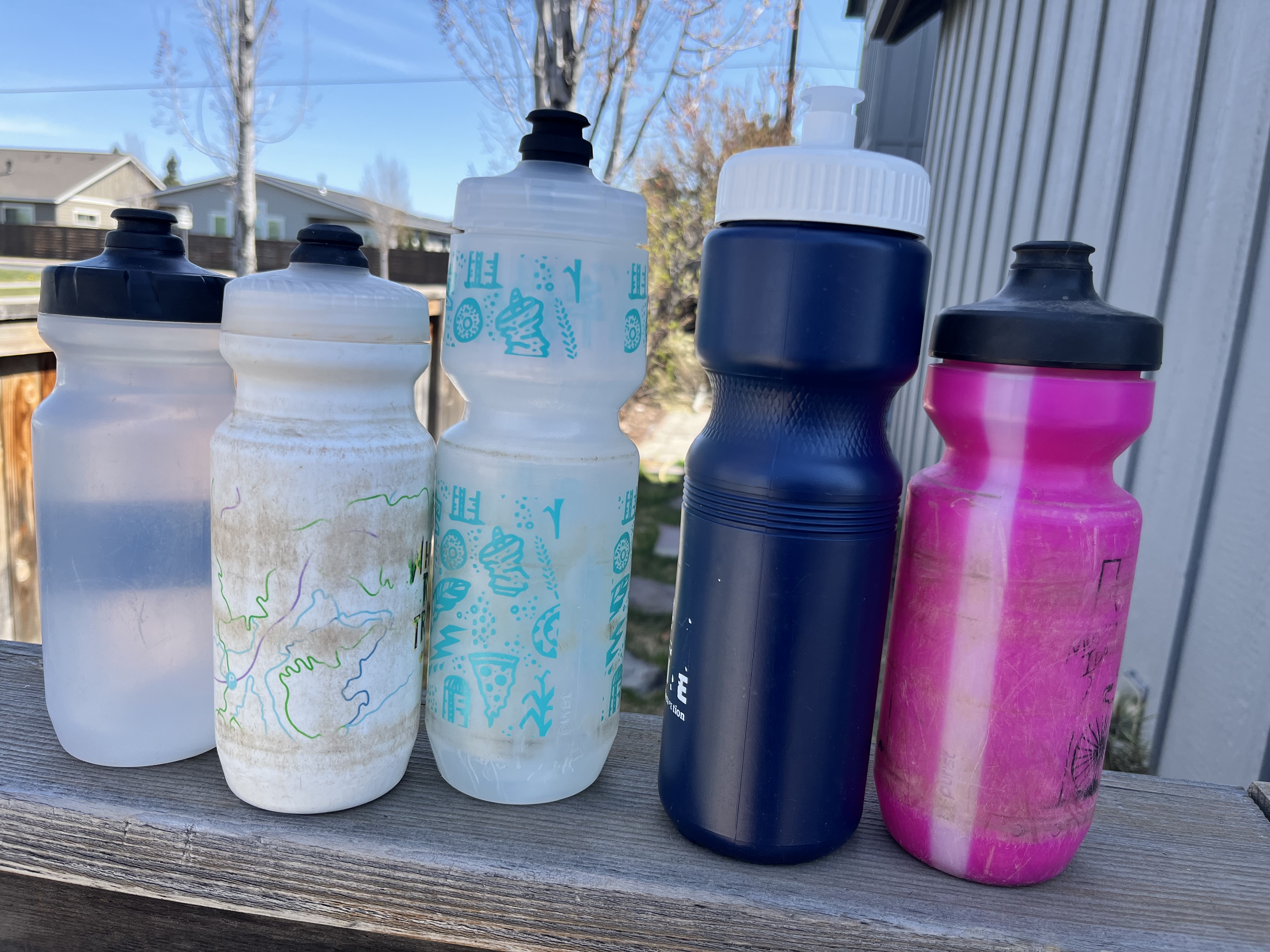
There are many more things to consider than you would think about mountain biking. Often, we assume that mountain bikers climb on their bikes and pedal into the sunset. And while that would be great, being prepared for the ride ahead is usually job number one.
When preparing for a mountain bike ride, big or small, hydration is often the most significant issue you’ll need to tackle. You quickly discover the importance of hydration when you are two miles into your ride on a hot day and realize you’ve forgotten your water bottle.
The more you ride, the more options you will find for hydration. Often, we make our bikes do the work for us. Other times, we’ll get some sort of pack to carry our water or do both.
But, even with hydration, there can still be different options. What hip pack should I get? Should I ride with a backpack? How many water bottles can I fit on my frame?
Even after you make some decisions and settle on a direction, even more questions remain to be answered. What type of bottle cage? Does my frame have room for one? Should I get a pack with a hydration bladder?
Quite a bit of this comes down to personal preference. However, knowing some pros and cons of each option may help you save some money in the long run.
Bottle cages

Carrying a water bottle on your bike is probably the easiest way to stay hydrated on your next mountain bike ride. Of course, you will need a bottle cage for this.
Bottle cages come in many different shapes and sizes, with many being able to carry more than just your water bottle. Some bottle cages come with various tools and tire repair attachments, so your bike can do the heavy lifting there, too.
Some companies have done away with the bottle cage altogether, attaching their proprietary bottle to a magnetic strip. This is perfect for mountain bike frames with less room to fit a water bottle, as it is often an issue of millimeters.
However, some bike frames don’t prioritize hydration. For example, you may find that your bike doesn’t have attachments for a water bottle holder. This is typical on full-suspension frames, as the rear shock can take up too much room in the front triangle.
You may also accidentally buy a bottle cage that doesn’t work for your bike. Some cages require you to insert the water bottle from the top, which may not work for your bike, depending on the orientation of the rear shock. If you have a full-suspension mountain bike, consider a side-entry bottle cage.
Hydration pack

Before you void your warranty by drilling holes into your mountain bike frame to mount a bottle cage, there are other ways you can bring water with you. Another great option is to use a hydration pack.
A hydration pack is a smaller backpack with a water bladder inside the bag. You can fill the bladder with water and drink from the connected hose while you ride. The beauty of hydration packs is that while they make mountain bike-specific ones, they are similar across outdoor sports and can be carried across.
Having a hydration pack also provides a place to carry extra items. Snacks, a first aid kid, a jacket, sunglasses—quite a bit extra can be carried around in a hydration pack.
There are two major downsides to riding with a hydration pack. First, it can be uncomfortable. Especially if you bring a lot with you, the extra weight can dig into your shoulders, which may already be taxed from a long ride.
The other issue with hydration packs is that they make your back sweaty. Despite their small size, they trap sweat against your body until your entire back is eventually covered.
Hydration hip pack

If you aren’t a backpack wearer, you may consider a hip pack. Hip packs are what we mountain bikers call the good ‘ol fanny pack, and they have become a popular trend in mountain biking in the last few years. And, just like hydration packs, hip packs can also have a water bladder.
Hip packs aren’t just for hydration. As more mountain bikers move away from backpacks, hip packs are designed with more gear in mind. Not only do they have quite a bit of storage inside, but more brands are incorporating external ways to carry gear, such as a jacket. This keeps bulky items on the outside and everything else you need on the inside.
Not all hip packs come with a hydration bladder. Many will have water bottle pockets on the sides and have plenty of room inside for an additional bottle if needed. Bladders can be finicky, leak, and hard to clean.
And while a hip pack puts all the weight on your hips rather than your shoulders, they can be less secure. Depending on the design, certain hip packs will flop around significantly more than traditional hydration packs.
I’ve found the way to remedy this is to get hip packs with larger belt straps around your hips. More surface area typically results in a better hold.
On the other hand, you may hate having something buckled around your waist while you ride. Whether you’re considering a hip pack, bottle cage, hydration pack, or a combination, the best option is to try some out and find what works best for you.
Editors' Recommendations
- Every rider should know these mountain bike climbing basics
- The best long-distance bike trails across the U.S.
- 3 things you need to know about mountain biking in Sedona
- 3 must dos before riding your new mountain bike
- Is the PEARL iZUMi X-Alp Launch mountain bike shoe for you?



